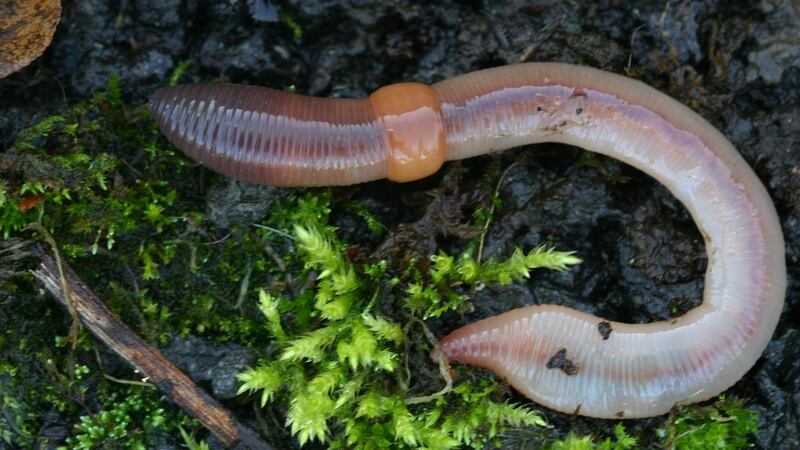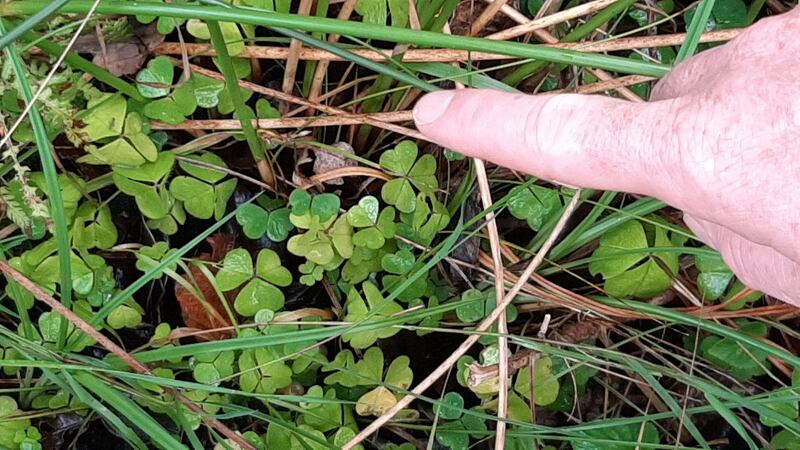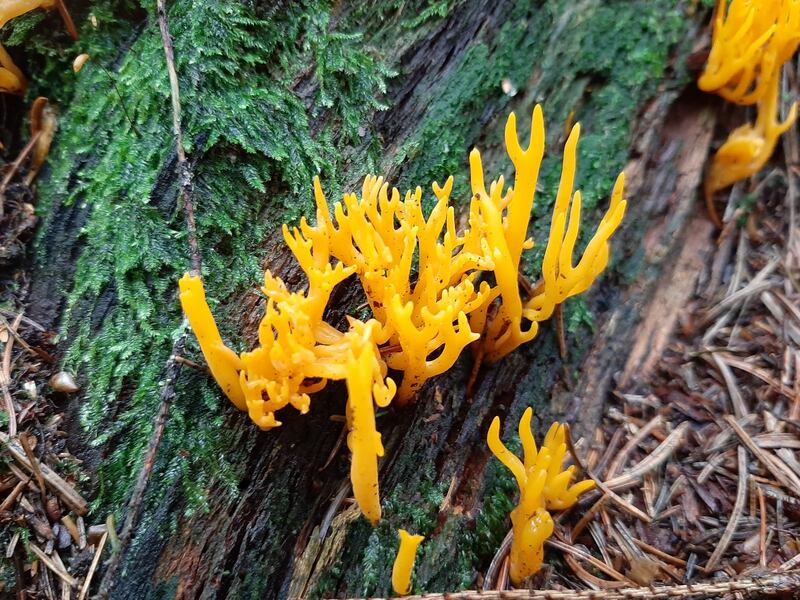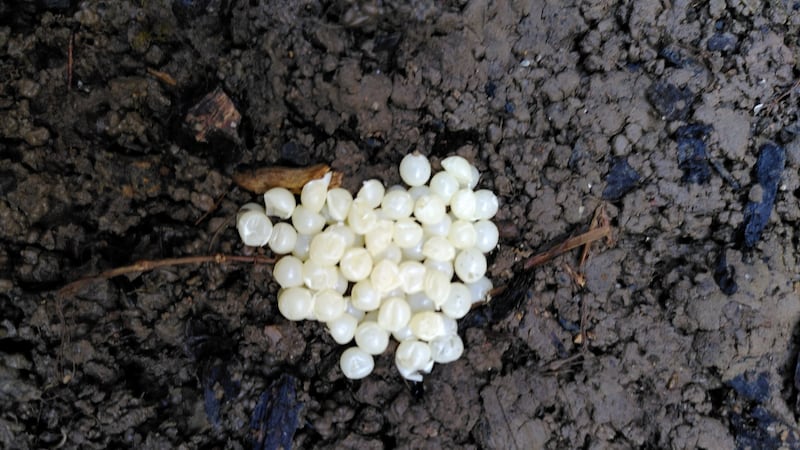What is this mad-looking thing I found growing on wild rose in the hedge of the potato field? – Aaron Lynch (12), Co Louth
It has an equally mad name: the robin's pincushion. It is a gall caused by a tiny gall wasp Diplolepis rosae. The egg it lays on the wild rose, induces the gall where the egg hatches, and the resultant grub grows and feeds.

This earthworm ended up on my spade when I was digging the garden. Did a blow from the spade cause the swelling on his middle? – Ann Mc Kay, Co Dublin
No. The swelling is called the clitellum, which produces a cocoon for enclosing the earthworm's eggs. Earthworms are hermaphrodites, each having male and female parts. Had you accidentally cut the worm in half, you would not have had two earthworms but a wiggly piece of tail and a worm with a very sore tail-end.

What is this, seen in Glenveagh National Park in Donegal? It has the shape of a shamrock but looks larger than any shamrock I have seen? – Rob O'Mahony
It is the wood sorrel, which has lemony-flavoured, tri-foliate leaves and white flowers in spring.

I came across this colourful fellow in Belvoir Park Forest, Belfast, and am informed that it is yellow stagshorn ... a jelly fungus! – Paul Aiken
It is. It has a tough gelatinous fruiting body and grows on conifer stumps and roots, fruiting in November.

I found these small white orbs under my wheelie recycle bin. They look like slug eggs. – Darragh McArdle
Snail and slug eggs overwinter in a nice damp environment, such as under bins. You can use them as fish food or feed them to chickens.

What creature keeps digging holes in our garden? It dug out recently planted flower bulbs but didn't eat them. – MT Brady, Co Cork
It could be a badger.
Have you a nature query, observation or photo you would like to share with The Irish Times? Submit it, with location of the image, via our website irishtimes.com/eyeonnature
















